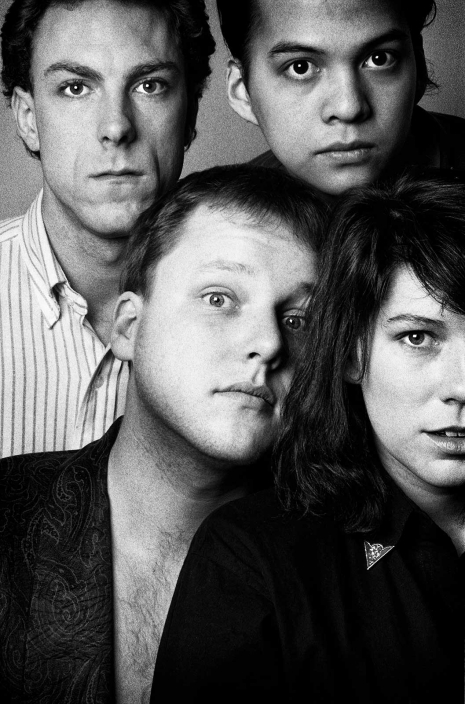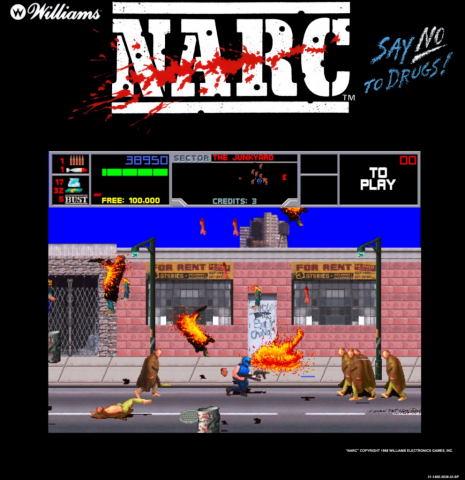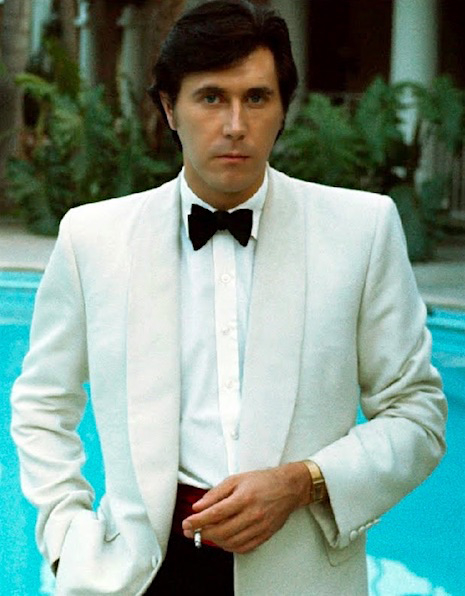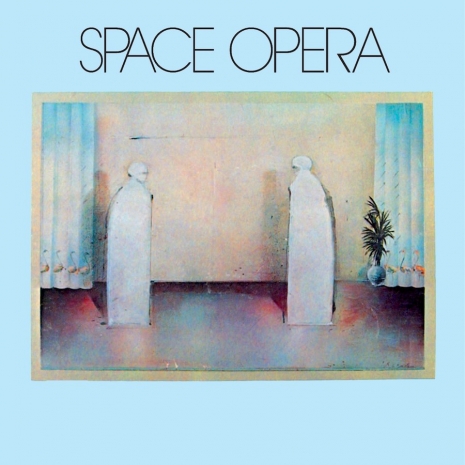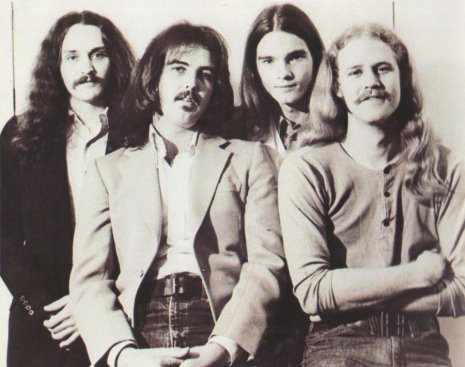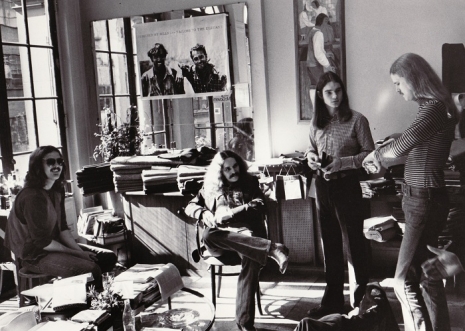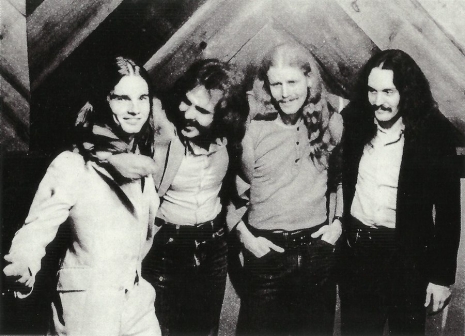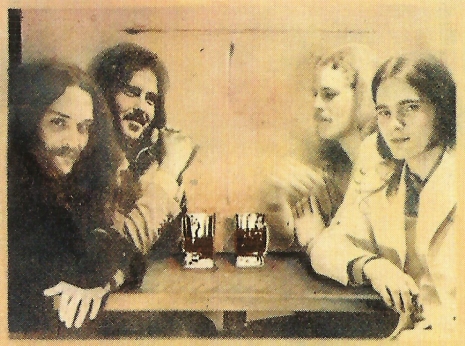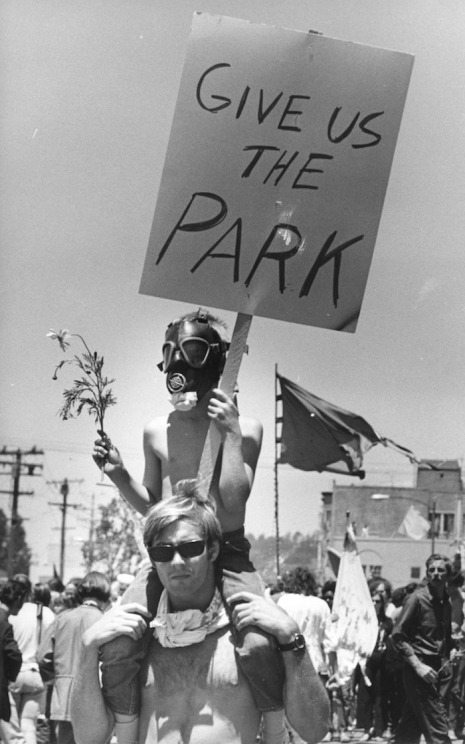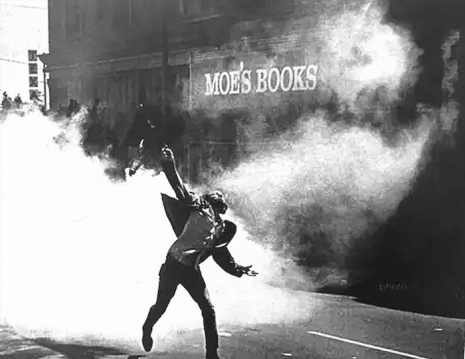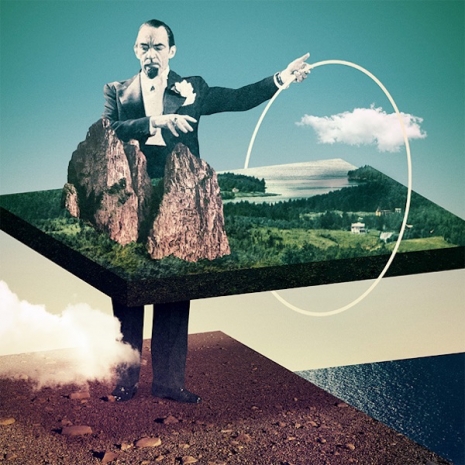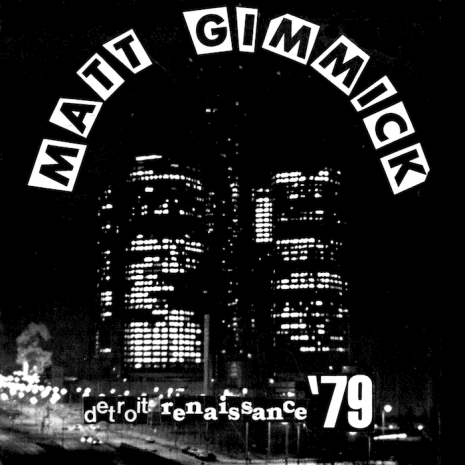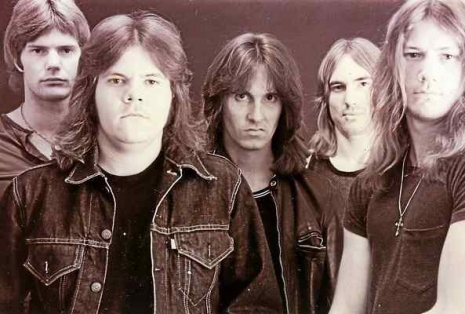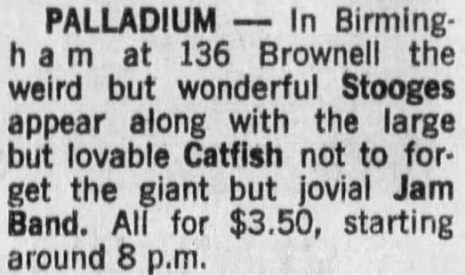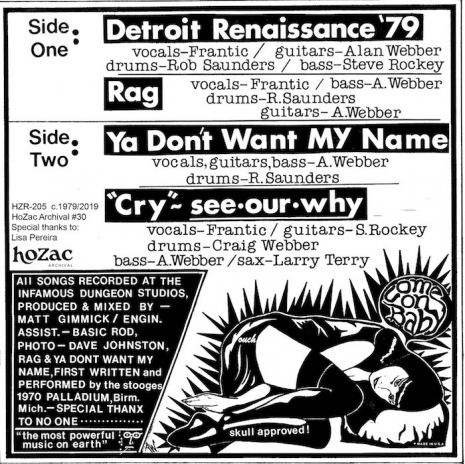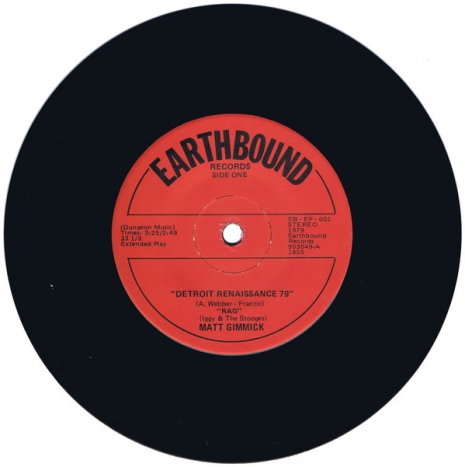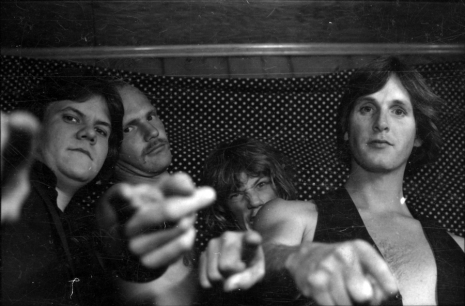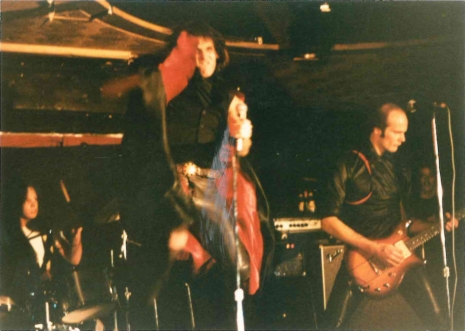
Rob Halford pictured on the front cover of the single for Two’s “I Am A Pig.”
In 1996, after calling it quits with his excellent post-Priest project Fight, Rob Halford had a conversation with a rock journalist friend while attending Foundations Forum—a heavy metal convention held in Los Angeles from 1988-1997. At this point, Halford was looking to start up something new and his pal suggested he get ahold of Marilyn Manson guitarist John 5 (John Lowery). Halford and Lowery hooked up for several days in LA collaborating on riffs, melodies, and lyrics. According to Halford it was a case of “synchronicity at work”.
His meeting with Trent Reznor, which led to Reznor’s participation in Two, came much later in the band’s development and most of the music Halford, Lowery, Bob Marlette, Phil Western and Anthony “Fu” Valcic had already been recorded and were “well past the demo stage,” per Halford. While visiting New Orleans during Mardi Gras, Halford simply walked up to Reznor’s former funeral home, Nothing Studios and knocked on the door. (Of interest is the door itself, taken from Reznor’s former residence—the Manson Family murder house once occupied by Sharon Tate and her husband, Roman Polanski.) The door was answered by another inhabitant of Nothing Studios, former Skinny Puppy member and producer, Rave Ogilvie. Ogilvie and Halford had never met, but when Rob Halford knocks on your door, the only right thing to do is to let him the fuck in—which Ogilvie did without hesitation.
A short time later as Ogilvie and Rob were hanging out listening to a cassette with some of the music from Two’s album, Voyeurs Reznor showed up, and Trent asked Halford if he could listen to his new tunes. He and Reznor hung out for a few more days in New Orleans, as Reznor was scheduled to appear in a few Mardi Gras parades. Halford returned to his home in Phoenix and a few months later Reznor called Rob and offered Two a record contract which, though Reznor and Rob had vibed musically, still caught the metal god off guard. Here’s more from Halford on that:
“When he called me up after listening to the album, a few months later, he said, ‘Do you want a record deal?’ I was like, ‘Ahhh… yeah… that would be great.’ But I couldn’t understand why? And then he told me that he had been listening to the music and he had a vision. He could hear them (the songs) in a different way. And could we take them and break them down and build them up again, with his interpretation.”
Reznor would take Two’s recordings and re-engineer them, though Halford had “no idea” what Trent had planned and was just really excited at the prospect of Reznor’s (as well as Ogilvie’s) participation in the project, and how his influence would impact the sound of Voyeurs. The album was already a diverse piece of work, and once Reznor was finished applying his sonic touches, it was released on March 10th, 1998, though the first single, “I am A Pig” started circulating late in February. And this is where we finally get to talk about one of the best things to come out of Rob and Reznor’s collaboration—the porn-star studded video for “I am a Pig” directed by Chi Chi LaRue, a prominent porn director and drag queen based in Los Angeles.
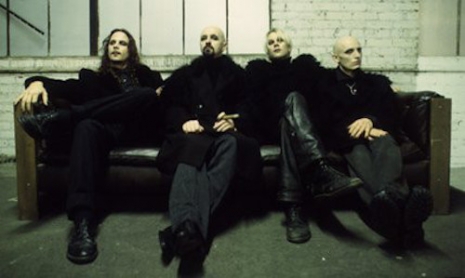
Two.
As it turns out, some of Halford’s friends had recently worked with LaRue, and this got Rob thinking that a video visualized and directed by LaRue would be just what Two needed for the “I Am A Pig” video. According to the story told by Halford, he really clicked with LaRue, who was also a massive metal fan. LaRue was totally into the idea of shooting a video for Two featuring all kinds of S&M action, a litany of adult actors of various sexual orientations, and, of course, a shirtless Rob Halford suspended from the ceiling with a gag in his mouth. While this sounds like a slice of fucking heaven to yours truly, it also went over big with Nothing Records and Interscope which supported the concept of the video completely. Before you take a look at the very NSFW video below, here’s the infinitely wise Halford breaking down the porntastic video for “I Am A Pig”:
“The song itself lyrically contains the idea that what we see as we are now is something different from the potential to be. Like whatever skeletons you have in the closet or whatever. We all carry two sides to our personality, one where we’re in the public domain, a really different person from what we are in private. So that’s the element of what the song is about. The video is just taking sexuality, physical sexuality, and using that as a metaphor to describe the feelings of the song. So we have all these different scenes going on in the video, of different people doing different things with each other. And collectively, it comes up as the boundary lying between being a pig and being a voyeur.”
If you’ve never heard anything by Two, I’m here to tell you “I Am A Pig” sounds just like you’d likely expect—kind of like NIN but with a metal edge and Rob Halford on vocals. Even with Reznor’s industrial influence, the song still reflects Halford’s style. That said, it is very hooky, and at this stage of Halford’s style evolution, he was cultivating a major goth vibe with a jet-black goatee and outfits that looked like they were ripped off from the future set of The Matrix. So yeah, the album might not have been well received initially, but as it has aged, opinion on the merit of Voyeurs has changed drastically, and now it resides somewhere in the realm of cult classics.
More after the jump…






